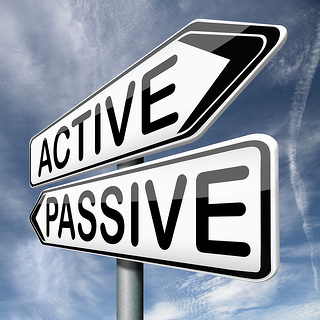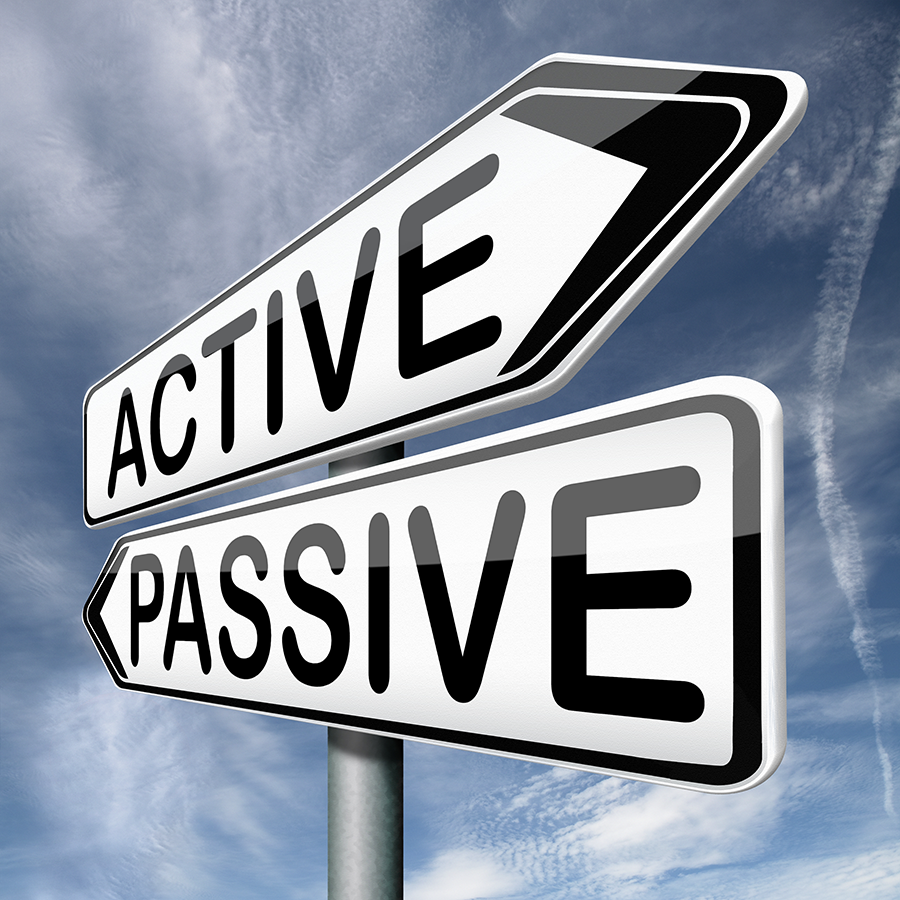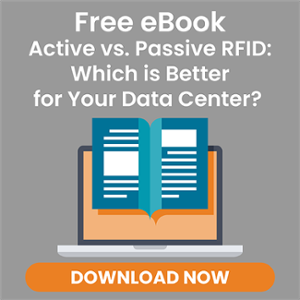Passive RFID for asset tracking has been attempted by many, but with fairly poor results. With the exception of tracking media, and possibly hard drives being stored for disposal or redeployment, passive usually fails to achieve the main objectives of automating your IT asset tracking process. To be clear, passive RFID solutions can be better than manual or barcode solutions, but it tends to fall short in these four key areas:
 Readability - Special tags must be deployed for all on-metal applications, which dramatically limits the true read range down to a meter or less. Furthermore, passive tags are easily defeated by placing a small piece of tin foil, metallic storage bags, bodies of water or other metal objects between the tags and their readers. Passive tags are also poor performers with perforated server rack doors, so the opening and closing of each rack enclosure may be required to properly scan each asset.
Readability - Special tags must be deployed for all on-metal applications, which dramatically limits the true read range down to a meter or less. Furthermore, passive tags are easily defeated by placing a small piece of tin foil, metallic storage bags, bodies of water or other metal objects between the tags and their readers. Passive tags are also poor performers with perforated server rack doors, so the opening and closing of each rack enclosure may be required to properly scan each asset.- Labor Reduction - A key component of most asset management initiatives is to reduce/eliminate labor and increase accuracy. Passive RFID tags still require the periodic walking of the lab areas, data halls, opening and closing of racks and cabinets and physically scanning with a passive RFID hand held reader, so the labor costs and accuracy concerns may still exist. This process is much like your typical barcode solution, with some increases in accuracy but marginal improvements in labor. Typical industry labor costs are estimated at $100 per hour per employee and up to 4 hours to locate a single "lost" asset.
- Accurate, Real-Time Data- Inventory is something you need to have, but ideally, not something you need to take. Timeliness and accuracy go hand in hand, so having a complete inventory completed at the push of a button certainly beats having an aged inventory, for which you might lack confidence in. Keep in mind that with passive technology once you complete your physical inventory process, as soon as an asset is moved that valuable inventory data you've just reconciled may have become obsolete.
- Cost - Although passive RFID tags are less expensive on a per tag basis, (from .15 cents to $3 per passive tag) you still need to include all the hidden costs in the total cost of ownership for that solution. As referenced above, labor costs and accuracy issues are still present with passive solutions, but in order to have total visibility of your assets within your environment you will need to add dozens of passive scanners and multiple sets of readers to scan every doorway, stairwell, elevator, entrance and exit in order to accurately locate assets in real-time. At $200 - $300 per fixed scanner cost (maximum of an 8 foot scanning radius) and $2000 per reader cost (one reader for up to four scanners), that original .15 cents to $3.00 per passive tag cost you were budgeting quickly becomes irrelevant when compared to the "true" costs of your installed infrastructure.
The roots of many asset automation projects typically begin and end with the financial stakeholders, but there are other stakeholders that can benefit from, and often help fund, these types of projects once they're deployed. Your maintenance and operations teams are the two groups that seem to benefit the most. The ability to do change management, capacity planning and operational assessments in real-time can be of great benefit to all users.
Furthermore, look for an active RFID solution that can offer environmental monitoring sensors that work with the same infrastructure as your asset tracking solution. This can be a big plus for the operations and facilities side of the business. It would also be beneficial to find a solution that integrates with most of the top DCIM software platforms being deployed which can provide enhanced, real-time benefits and additional returns on your original DCIM investment.
Want to learn more? Download this eBook and learn how real-time monitoring, capacity planning and predictive analysis technologies improve data center agility and efficiency, ensuring higher performance at a lower cost.



 Readability - Special tags must be deployed for all on-metal applications, which dramatically limits the true read range down to a meter or less. Furthermore, passive tags are easily defeated by placing a small piece of tin foil, metallic storage bags, bodies of water or other metal objects between the tags and their readers. Passive tags are also poor performers with perforated server rack doors, so the opening and closing of each rack enclosure may be required to properly scan each asset.
Readability - Special tags must be deployed for all on-metal applications, which dramatically limits the true read range down to a meter or less. Furthermore, passive tags are easily defeated by placing a small piece of tin foil, metallic storage bags, bodies of water or other metal objects between the tags and their readers. Passive tags are also poor performers with perforated server rack doors, so the opening and closing of each rack enclosure may be required to properly scan each asset.
